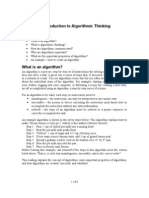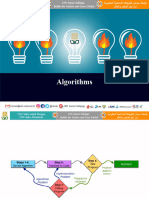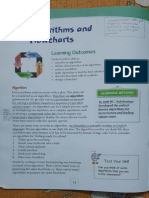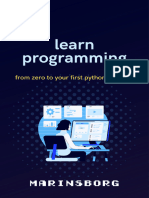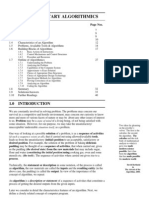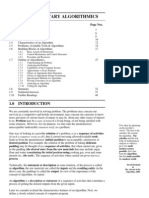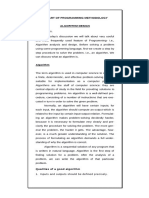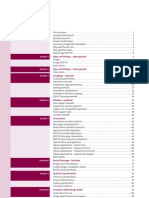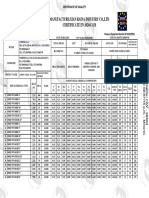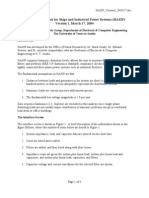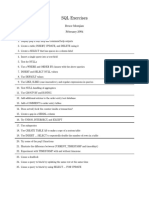0% found this document useful (0 votes)
6 views6 pages04 Introduction To Algorithms-Classroom
This article discusses algorithms, their importance, and practical applications in daily life, using examples like cooking and problem-solving. It emphasizes the need for clear and precise instructions to ensure consistent outcomes and presents activities to illustrate algorithmic thinking. The article concludes by encouraging readers to approach problems step-by-step, likening algorithms to treasure maps that guide towards solutions.
Uploaded by
sachin.tonapi5095Copyright
© © All Rights Reserved
We take content rights seriously. If you suspect this is your content, claim it here.
Available Formats
Download as PDF, TXT or read online on Scribd
0% found this document useful (0 votes)
6 views6 pages04 Introduction To Algorithms-Classroom
This article discusses algorithms, their importance, and practical applications in daily life, using examples like cooking and problem-solving. It emphasizes the need for clear and precise instructions to ensure consistent outcomes and presents activities to illustrate algorithmic thinking. The article concludes by encouraging readers to approach problems step-by-step, likening algorithms to treasure maps that guide towards solutions.
Uploaded by
sachin.tonapi5095Copyright
© © All Rights Reserved
We take content rights seriously. If you suspect this is your content, claim it here.
Available Formats
Download as PDF, TXT or read online on Scribd
/ 6






